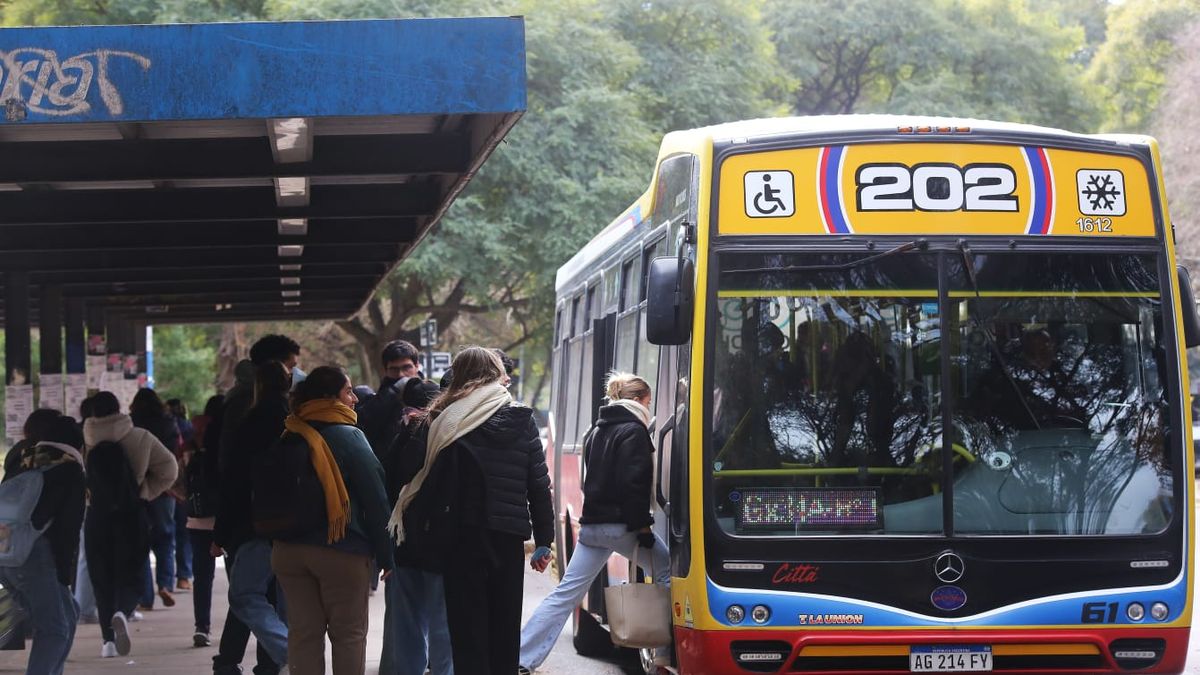Although there is still a need for hard dissemination and dissemination work on its usefulness and the need for its adoption at the national level.
But let’s see, what is it really about, the circular economy? If you see a pile of waste, it is garbage, but if they are separated, reused or recycled, they become resources that can be used as inputs for production processes and that implies giving them a new value.
However, in Argentina, 72% of plastic materials are burned or buried. In other words, we have a linear economy: the production model consists of extracting resources, producing goods and disposing of them, burying or burning the waste.
The life cycle of products is programmed to be short, so that consumers use, throw away and buy new products again. In general, these containers are called single-use plastics.
The problem with this form of production and consumption is that it is not sustainable, neither for the environment, nor for the economy, nor for the well-being of people.
The circular economy, on the contrary, has a different logic: it takes nature as an example and nature does not generate waste. In it, everything generated is reused and fulfills a function.
In addition, the use of biodegradable materials is prioritized.
When the use of other types of non-biodegradable materials is necessary, it is intended that this unavoidable waste be used as raw material to generate other products. It is no longer about using and throwing away. YES to reduce, reuse and recycle.
In the circular economy, from the very design stage of products that have a longer life cycle, trying to take advantage of their value for longer. Likewise, this approach allows us to offer solutions to global problems such as climate change, the loss of biodiversity and pollution.
But its importance is not only highlighted there, but according to the World Bank and the Institute for Health Metrics and Evaluation (IHME), air pollution costs the world economy USD 225 billion. In the case of Argentina, the World Bank has also estimated that environmental degradation costs Argentina 8.11% of its GDP.
According to the United Nations Organization (UN), in 1970 63% of the population was concentrated in rural areas. Currently, 55% of the people in the world live in cities.
According to the Economic Commission for Latin America and the Caribbean (ECLAC), in Latin America the concentration is even greater. 81% of the population lives in cities. And of course our country is no exception: 92% of the Argentine population is concentrated in urban centers. According to INDEC, 37% of the country’s population is concentrated in AMBA. In other words, waste and its transformation are concentrated in certain areas, so it will be essential to begin the transition towards a circular economy as a model.
It is time for Argentina to open up to the debate, begin to raise awareness and thus position our nation as a leader in the circular economy, since the incorporation of this model is what will get us out of prostration.
Source: Ambito




